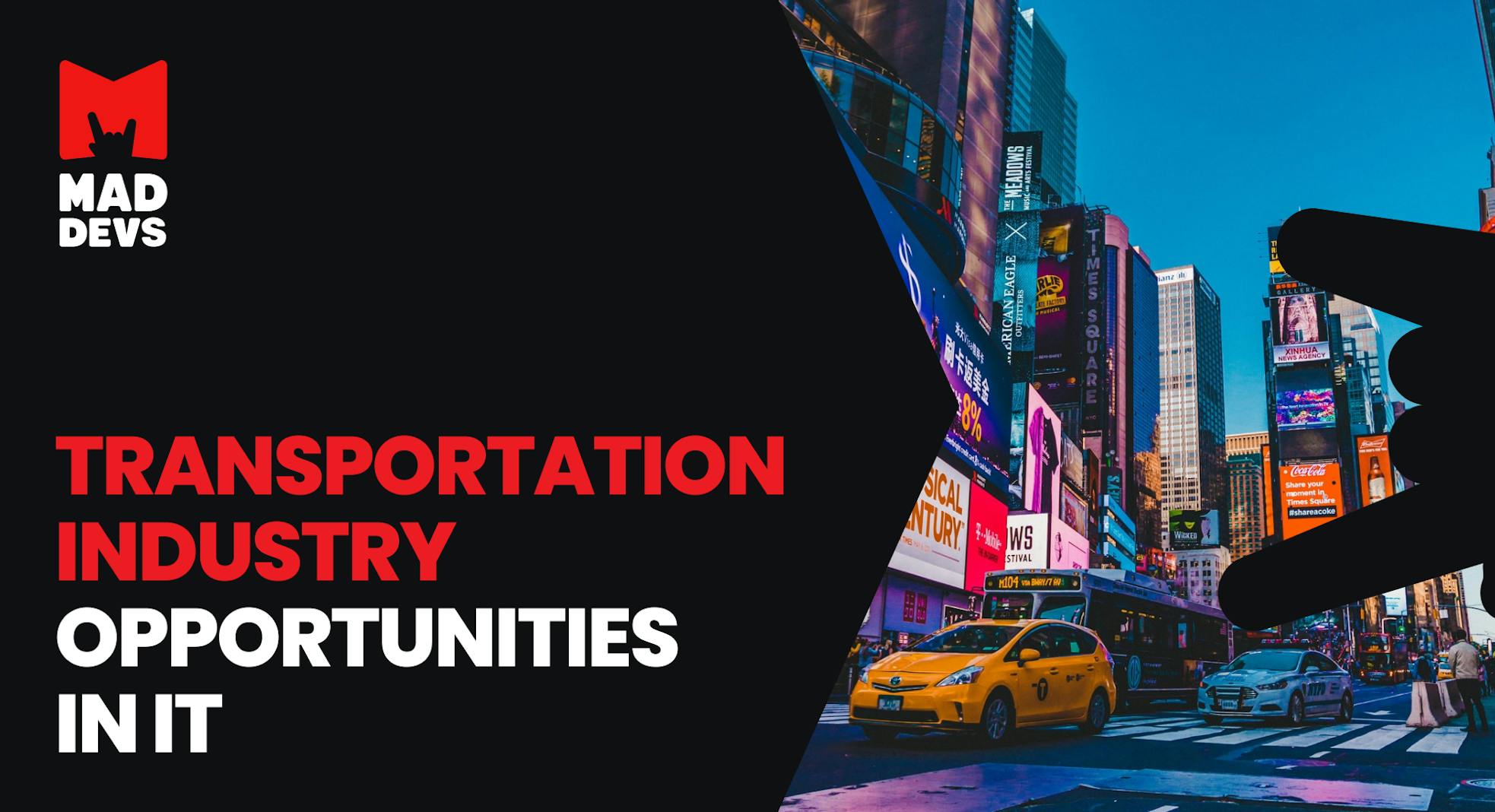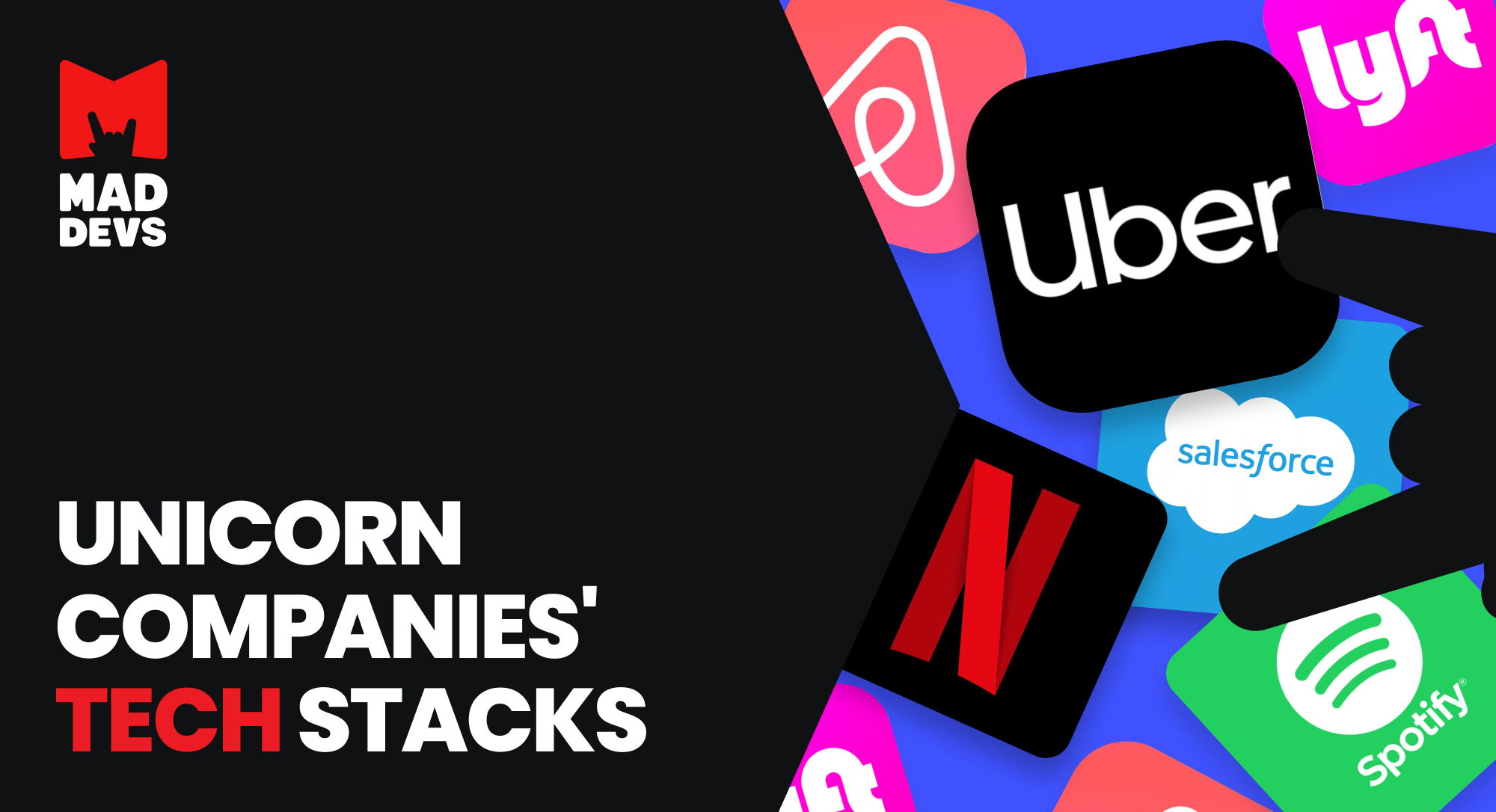It's hardly possible to name an industry in which high technology has never been used so far. Transportation is no exception. Like with any business, the competition grows tremendously in the transportation field. Companies have to instantly respond to the market trends and consumer needs by delivering services in a better, faster, and more reliable way. But how exactly does IT help transportation to fit the times and what opportunities does it offer? Keep on reading to stay in the loop.
Do transportation and IT belong together?
They surely do.
Transportation embraces a variety of services united by a common concept—picking up people or goods at one location and bringing them to another safe and sound. Implementing IT solutions helps transportation companies to breathe new life into that concept irrespective of the mode of transport and the goal behind the service.
IT and transportation create a mutually beneficial partnership: on the one hand, transportation opens up opportunities for tech vendors to try a wide spectrum of technologies, acquire experience, face new challenges, work on large-scale projects, and engage in long-term cooperation ensuring financial stability.
For its part, IT aids transportation in many different ways, allowing companies to:
- Automate work and business processes
- Speed up deliveries
- Avoid congestions
- Stave off busy roads and air pollution
- Enhance safety
- Improve customer service
- Reduce operating costs
IT offers various solutions depending on the area and the problem it is intended to solve. Let's look more deeply into these areas and consider the opportunities IT creates for transportation.
IT is here to stay
Transportation is a large industry that encompasses many businesses that utilise different infrastructures and means of transport, such as an automobile, scooter, truck, aircraft, train, vessel, and so on. Almost all areas under the umbrella of the transportation industry have already integrated IT solutions into their processes. For example, companies are looking to implement AI solutions to reduce downtime and repair costs, improve road safety, and enhance driver assistance features.
Let's look at the most popular services that many people use in their daily lives.
Taxi and ride-hailing
Today, most, if not all, taxi companies have already ridden the wave and adopted IT to improve the quality of their service. Instead of waiting for a cab to pass by, you can just open an app on your smartphone, place an order in a few taps, and the nearest car will soon pick you up at exactly where you are. In ride-hailing services, drivers can use personal vehicles instead of taxicabs.
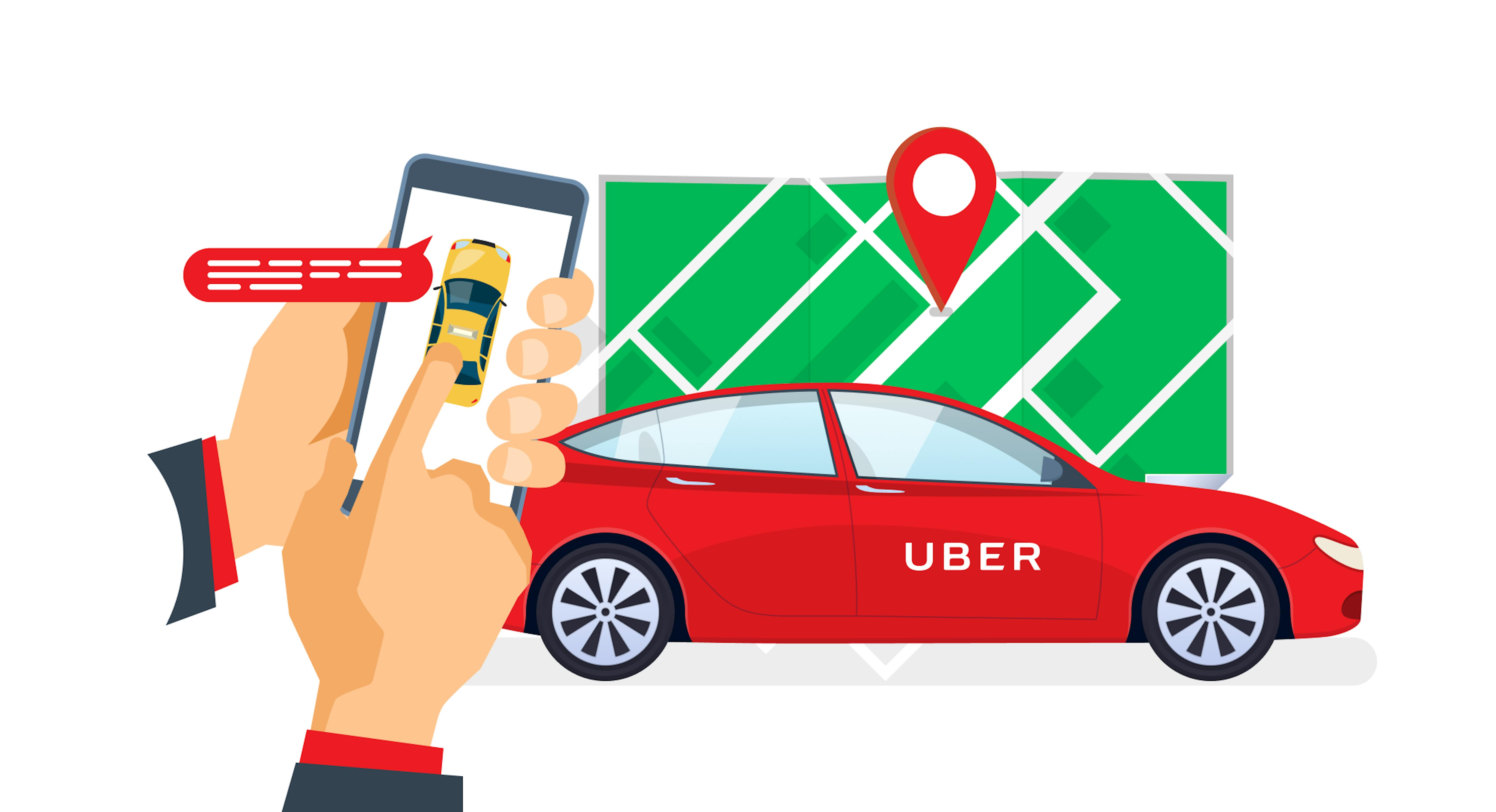
A great example is one of the pioneers of cab transformation thanks to IT, whom we have known since 2010. Of course, we are talking about Uber, which started raising funds for the launch on Kickstarter. But now, Uber has generated $17.4 billion in revenue in 2021, a 56% increase year-on-year and better than its 2019 figures. In 2020, Uber's revenues declined by 21% due to the coronavirus pandemic.
Uber is still firmly and has even invested in an additional service, Uber Eats, which has even rivalled the main service in terms of revenues. Moreover, we have become so used to the fact that we now order a cab by the app that there are many similar services comes, especially those that have found popularity in local markets.
One such example is Lyft, which has become the second most popular cab service and is even going to compete with Uber. Of course, its capitalization is half as much, but it is growing. At the same time, cabs are in short supply all the time, so the emergence of more and more new cab services with more favourable conditions for drivers, or in local markets where the big players are not represented, will always be able to take their place.
Shared mobility offers a range of on-demand mobility services that eliminate the need to own a car or another vehicle. Thus, car-sharing or scooter-sharing services allow users to find the nearest vehicle and rent it via a mobile app for as long as needed. In ride-sharing, fellow riders can use a single vehicle to get to their destination.
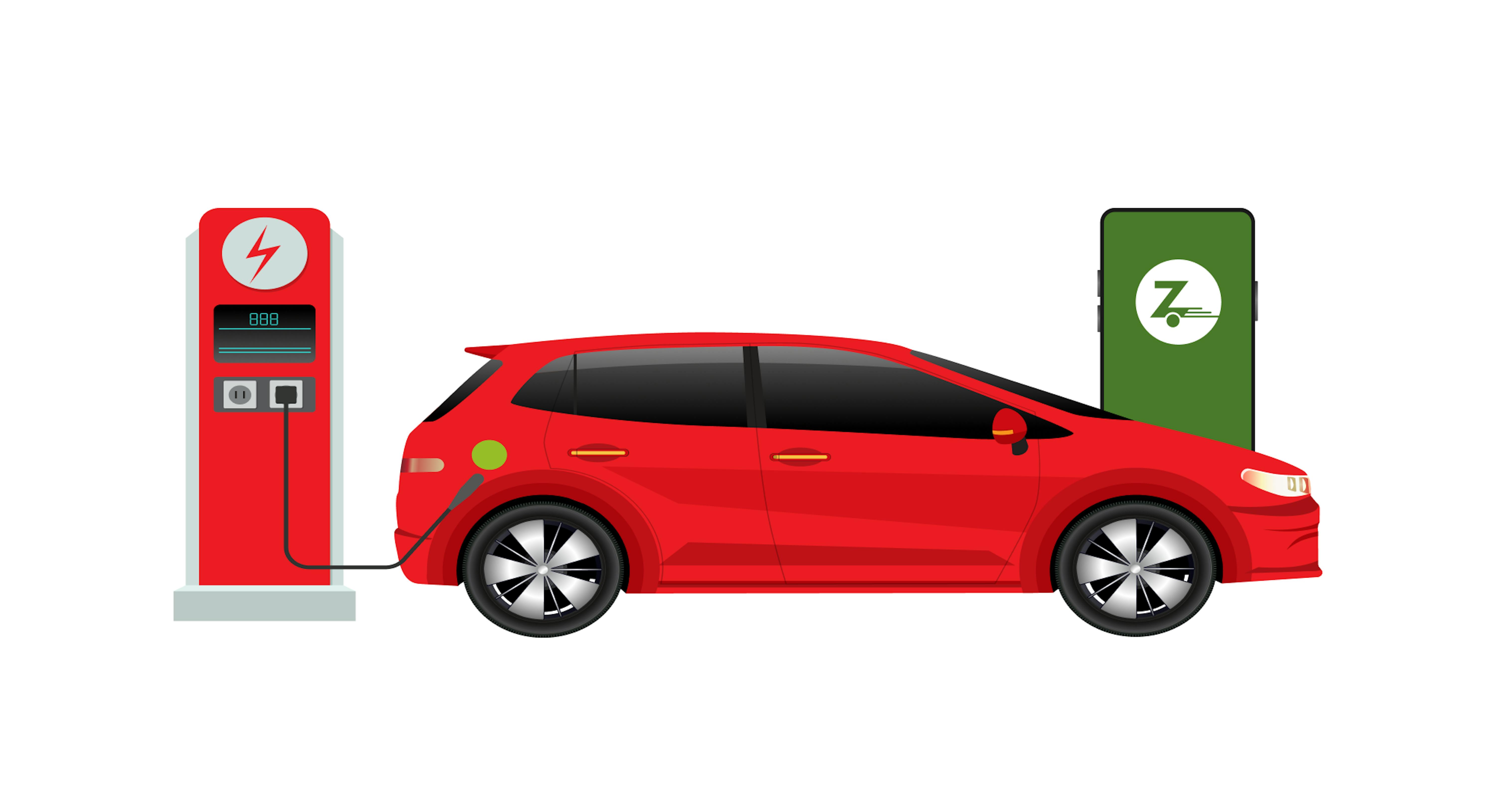
Global shared mobility passenger miles are expected to reach 18 per cent by 2035, according to Statistica and pre-Covid, the USA saw 136m shared bike and scooter trips in 2019 – 60% more than in 2018. The evidence is there. The global bike-sharing market is predicted to reach €13.8bn by 2026 and while revenues took a hit during the pandemic, McKinsey states it expects the micro-mobility sector to make a strong recovery.
Very representative is the service Zipcar, which appeared back in 1999, and by 2022 they have 550,000 total members in Britain.
What's more, they also quote other important figures. For example, the carbon savings for London from car club usage is equivalent to the lifetime carbon absorption of around 3,800 trees. Or 25.5% fewer emissions, 100% of car club vehicles are ULEZ and Clean Air Zone Compliant.
So we see a clear example of how even a local company was able to gather a huge base of active users, give them new opportunities for comfortable and enjoyable car rental and make a big contribution to the environmental condition of Britain. All this again is made possible by IT, which enables us to make the use of such services simple, enjoyable and even make a positive trend out of it.
Public mobility
Making public transport accessible and convenient for citizens is one of the biggest challenges modern cities face. To cope with it, smart solutions are introduced that turn traditional buses into user-friendly urban transport. Public mobility apps enable users to choose a route and time, book a seat, and pay for the ride. Some apps, like the one that Mad Devs worked on, may even suggest the most convenient routes and show accurate arrival and departure times.
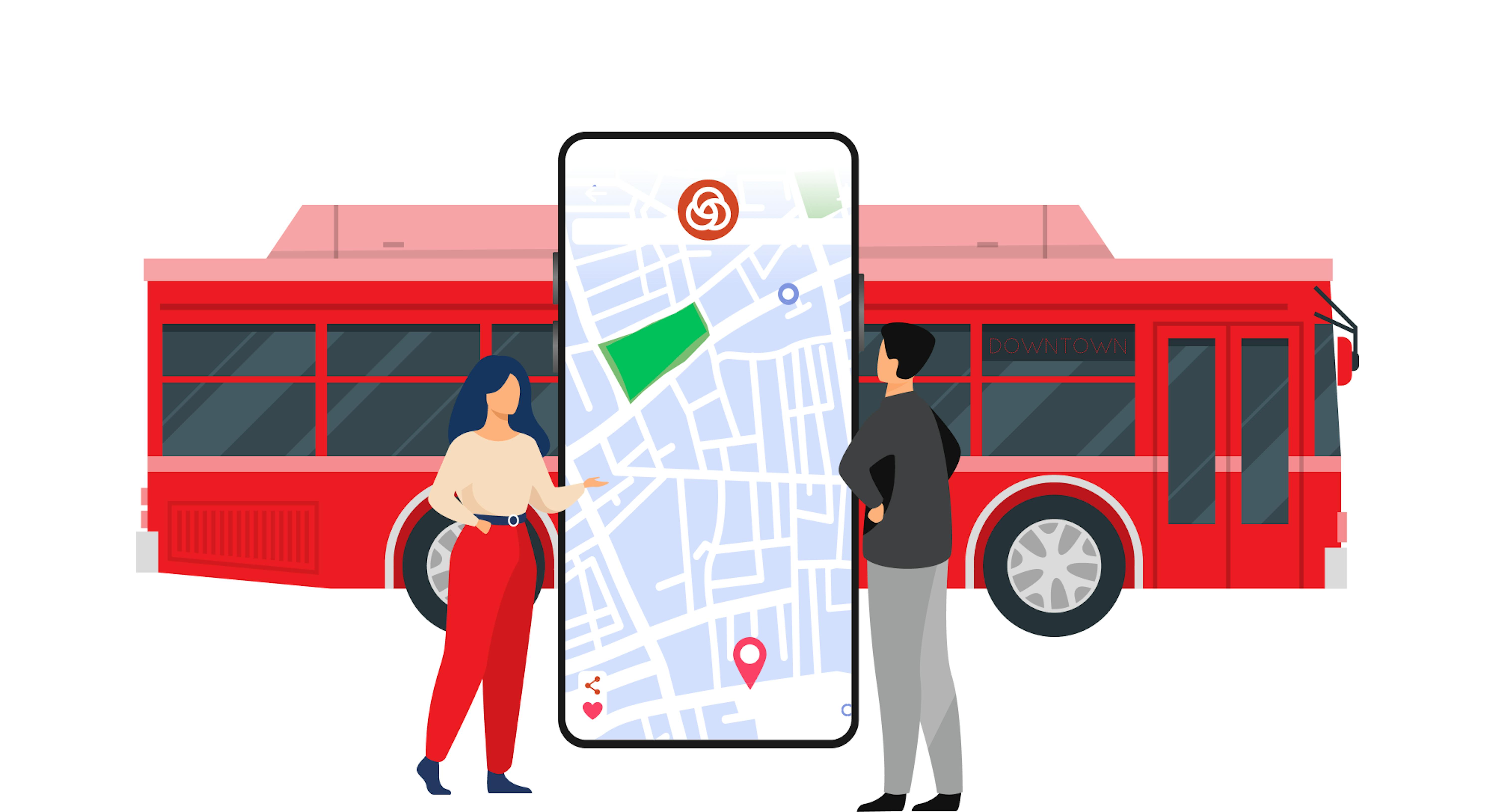
But the problem is so global that another session of the ITS congress was held recently, which included more than 66 countries, discussed a lot of solutions and held more than 34 demonstrations. That is, the states of most countries are interested in solving these problems at the most fundamental level and are willing to provide tremendous support to startups that are ready to solve such problems.
For example, the company TriMet at one of these congresses, presented its solution as a service for routing and tracking all city vehicles, for which it received a grant of $ 2.7 million. Today, their service is working successfully and continues to develop actively, regularly and very clearly displayed on their Performance Dashboard.
Mobility as a service
Mobility as a service (MaaS) is a new concept in the transportation industry that integrates various types of vehicles and services, including taxi and ride-hailing, ride-sharing, and public transport. MaaS systems offer on-demand services with an array of mobility options as well as easy route planning, booking, and payment.
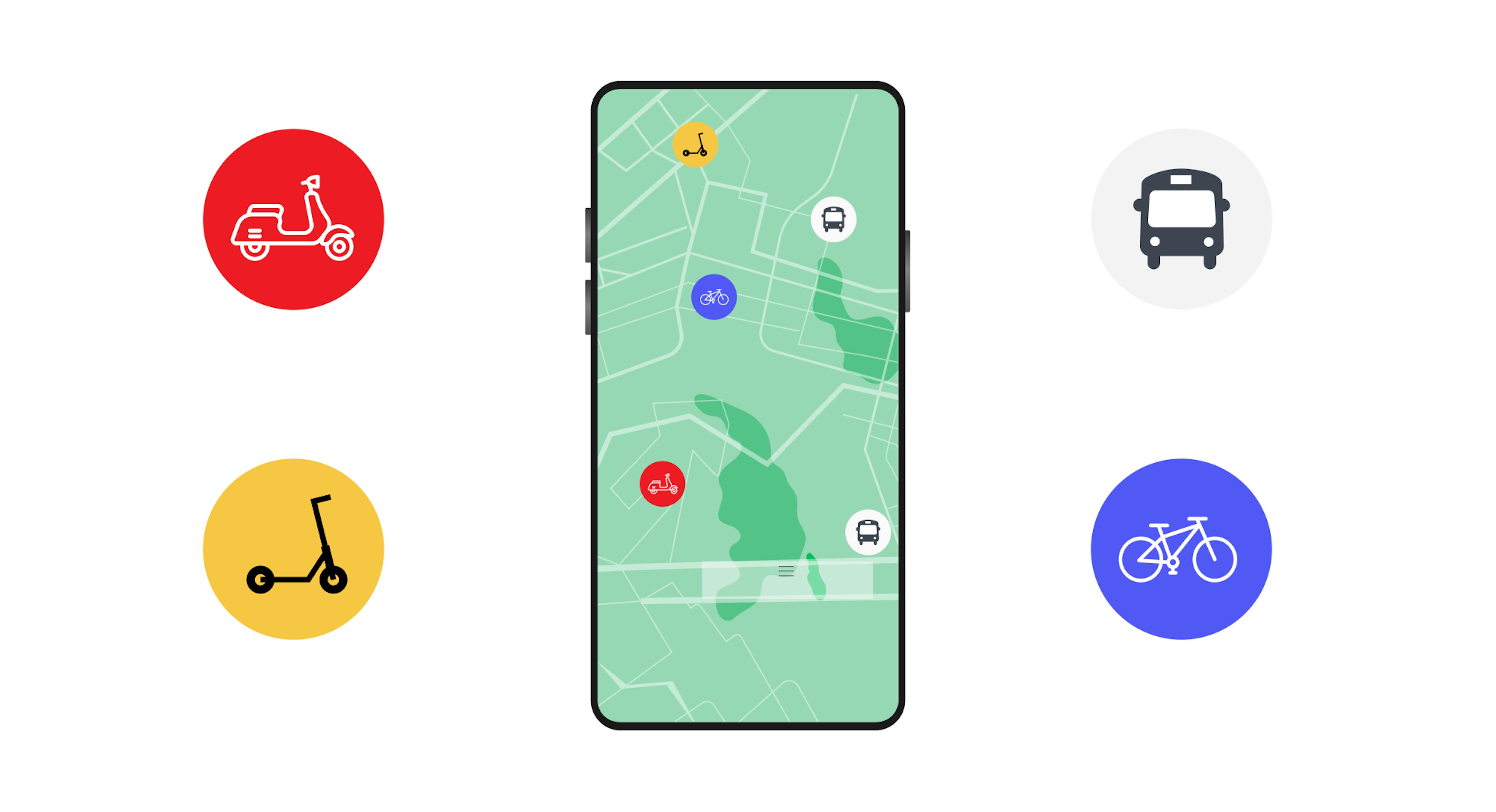
When IT services firmly integrated with our lives, large-scale congresses like the ITF began to see it as a concept. They are trying to see a prospect in it and, in many ways, bet on it. The result came with a lot of suggestions from different companies on how best to develop and integrate solutions for all of this and connect them properly. You can read one of those works here. However, it's clear that the restrictionists see this as a solution and are willing to invest in it.
Delivery services
Delivery and courier services have literally become lifesavers during the COVID-19 pandemic. After lockdown, delivering food and other essential goods directly to homes has become a common practice appreciated by many people (they can do the shopping in just a few clicks without leaving the house). Special software programs allow courier services to plan their deliveries, choose the shortest routes, and predict an estimated time of arrival (ETA).
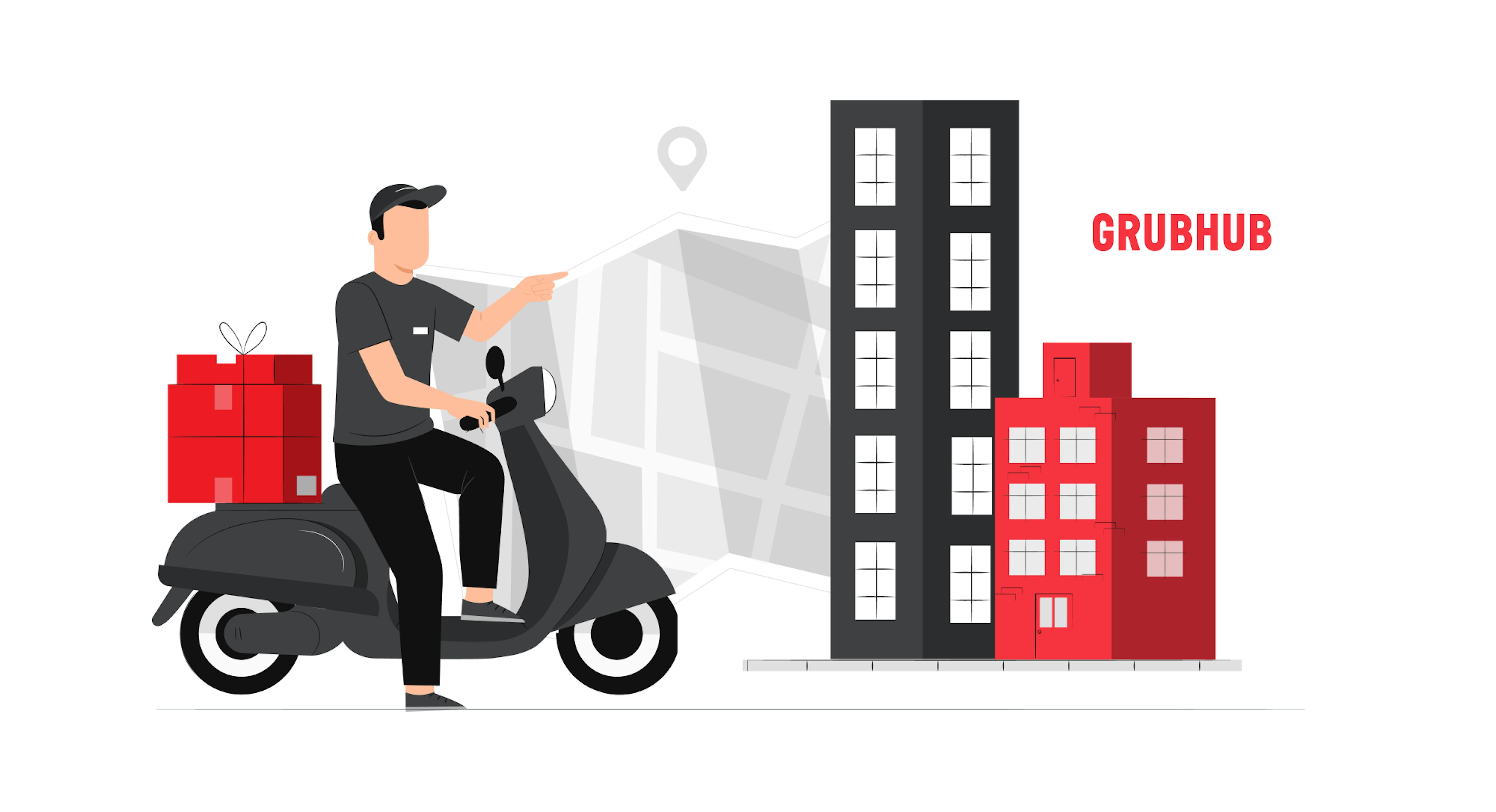
A great example is Grubhub, which started back in 2000. You can see that today Grubhub had 33.8 million users who use the app at least once a month, and over 300,000 restaurants in 4,000 cities are partnered. The latest figures show Grubhub generated $2.1 billion in revenue in 2021, a 16% increase year-on-year.
Very good numbers, and all again, because Grubhub has improved along with the improvement and implementation of IT solutions.
Self-driving vehicles
IT brings the future nearer, and a self-driving car is no more a science fiction idea. By using multiple sensors, GPS data, and computer vision algorithms, autonomous cars and trucks, such as Tesla, Waymo, and TuSimple, can navigate, avoid obstacles, and obey traffic laws. Security is still a big concern for the manufacturers of self-driving vehicles, but with the ever-evolving technology, they will overcome it sooner or later.

Of course, the first example we want to hear about is Tesla. After all, it launched several trends at once, broke through to success in the era of gasoline engines, and was on the verge of bankruptcy several times. But today, Tesla's revue is about 53.8 billion, and quarterly vehicle deliveries are 225k. And that's just cars. If Tesla were to launch a truck network with the same approach, its revenues could more than double.
However, we should not think that Tesla is omnipotent and no one can compete with it. Even though the company has some of the smartest people working on artificial intelligence, Tesla bought machine learning startup DeepScale. And there are many such purchases because big companies do not want to breed competitors and are willing to pay big money to maintain market advantages. Whether this is good or bad is up to you, but the self-driven vehicles trend in the most active is not about to go anywhere yet.
Logistics
Logistics is a separate and much broader area than transportation, but these two industries always stand side by side. Logistics deals with packaging, storage, planning shipments, and many other processes that need automation and consequently integration with modern technology. Logistics software comprises solutions that optimise routes, orchestrate deliveries, manage inventory and supply chains, track vehicles and assets, and handle documents.
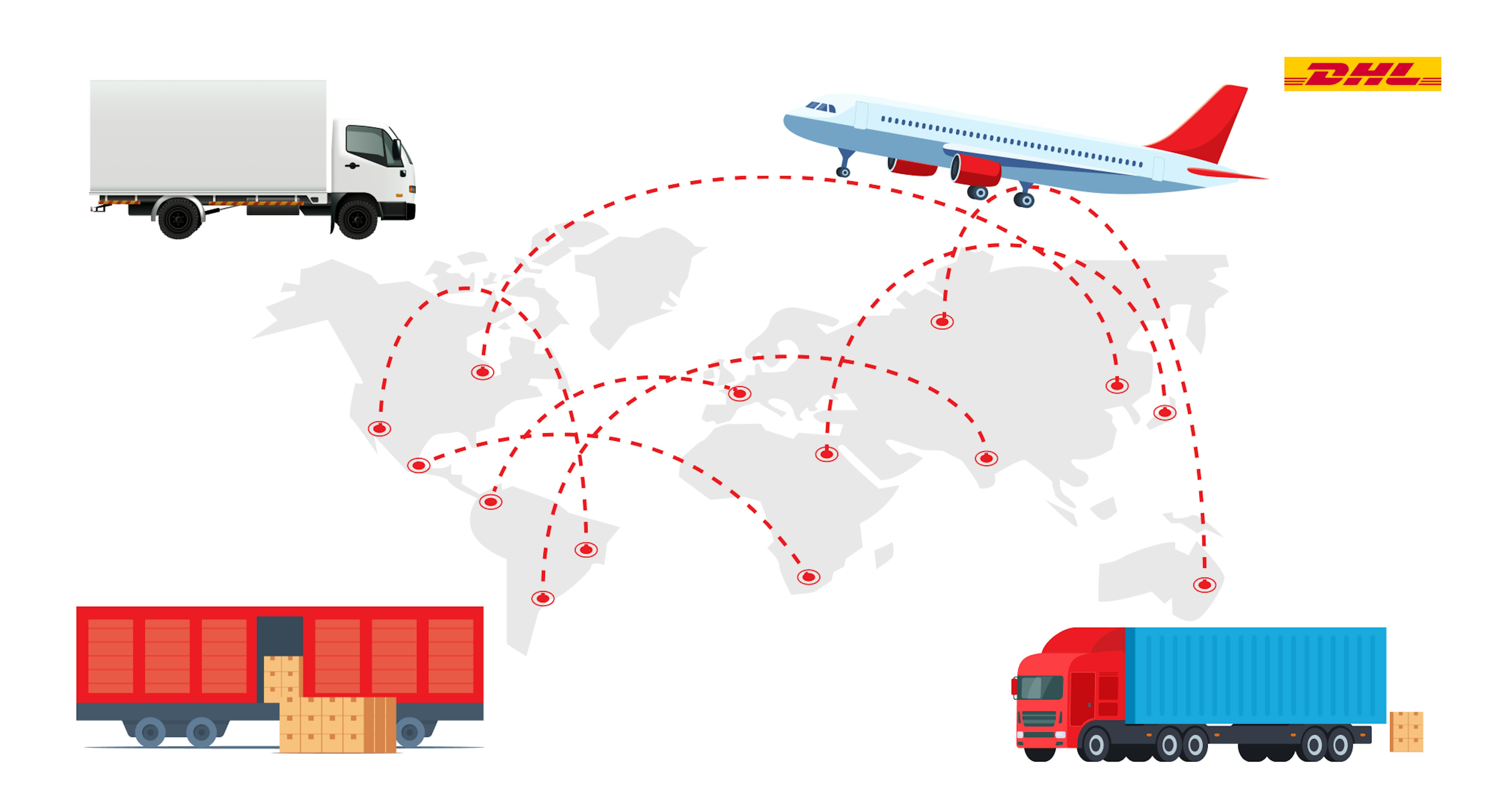
Gartner experts suggest that the financial impact of the pandemic will vary between $2T and $4.5T in the global scale. While the pre-pandemic estimation set the market growth for the logistics industry at $19B in 2023, it is now projected to reach $12.9B by 2027, registering a CAGR of 6.5% from 2020 to 2027.
Of course, we can't avoid a company like DHL. Despite all the difficulties of recent years, they closed the previous one with record revenues of 81.7 billion EUR, and revenue was up 22.5 per cent year on year. Of course, we can say that giving the example of large companies like Uber, Lyft, and DHL is not entirely relevant for most entrepreneurs, especially for beginners.
However, these companies also started small and had at one time much fewer opportunities than we now have, thanks to plenty of IT solutions, based on which now it is possible to run your business tens time faster and cheaper. In addition, the solutions of such companies often become indicators of what awaits us and what we need to prepare for. After all, in many ways, these companies shape the market, invest funds and build infrastructure, which you can use for your business.
For example, according to the DHL roadmap, they are going to achieve the following goals. By 2030, 60% of last-mile delivery trucks will be powered by electricity, and a fleet will have 80,000 battery-electric commercial vehicles. And by 2050, zero emissions and green logistics.
How IT solutions contributes to transportation
IT itself is a great opportunity for the transportation industry that can be realised through different technologies, tools, devices, software, applications, and the list goes on and on. Here are the advantages that transportation can get by utilising IT.
Speed
Time is precious. The faster the company renders a service, the happier the customers are and the higher the probability they will come back. Ordering a taxi cab via a mobile app saves heaps of time for both the client (no need to hold the phone and talk to an operator) and the business owner (the automated system can process multiple requests at the same time). By optimising routes with route planning software, companies can cut down on delivery time and fulfil more orders per day.
Accessibility
Web and mobile apps have made transportation services much more attractive for users. Today, such applications are an integral part of logistics and delivery companies, ride-hailing, ride-sharing, public mobility, and many other services. Whether you use a mobile app on your smartphone or a web app on your laptop, you can get quick access to the service from anywhere, at any time.
Transparency
Real-time location tracking offers transparency as one of the most important benefits for the transportation industry. It allows to tracking vehicles, couriers, and drivers in real-time and getting relevant information about the delivery status. To detect and track people and objects, transportation services rely on GPS data. The accuracy of positioning and distance calculation affects the cost of the service and the level of customer satisfaction. By increasing GPS precision, companies can minimise errors and enhance positioning. Here is how we reduced GPS data errors for a taxi service, making it more user-friendly and transparent.
Safety
Real-time tracking solutions and fleet management systems ensure the safety of drivers, passengers, vehicles, and goods. As for ride-hailing and ride-sharing services, both the driver and the passenger know with whom they are going to share the ride. They can see the information about each other, including names, contact phone numbers, and personal ratings. If something goes wrong, you can leave feedback, which will affect the rating and serve as a warning for the other users of the service.
Cost-efficiency
A transportation management system, route optimisation software, real-time tracking tools, cloud-based data storage are just a few of the IT solutions that can significantly reduce the operating costs of a transportation company. Recent technologies improve routing and remove the need for hefty paperwork and an army of operators. Even if a company is not ready to pay for an IT solution or service, there are free options that can also be integrated into the company's product. In one of our projects, we implemented free ETA services to calculate the arrival time for a public transportation app.
Simplicity
Now, to order delivery or book a taxi, you don't even need to know the exact location—advanced transportation services use geocoders that search for coordinates by synonyms and the names of places, such as nearby malls or cafés. The geocoder designed by Mad Devs for a taxi service can search by synonyms and names of establishments, look for addresses in a certain radius, automatically update data received from drivers, and perform other functions.
To sum up
Transportation is one of the industries that grow and develop at a fast pace. It's not so long ago that we couldn't even think about renting a car via a smartphone app, booking a seat on a public bus, and owning a self-driving car. Now, all this is possible thanks to technology.

